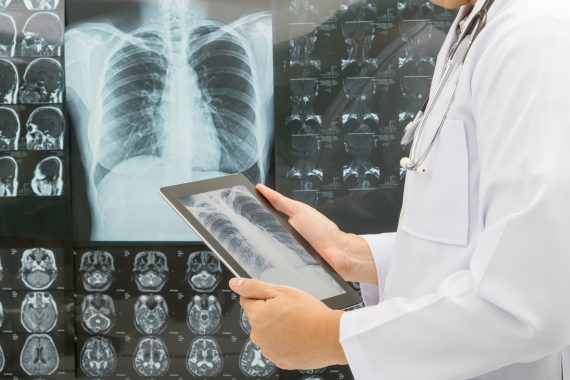The proportion of cancer diagnoses reached via the GP two-week wait referral pathway has increased significantly over the past decade.
New Public Health England data, spanning the period from 2006 to 2015, show that the proportion rose from from 25% (61,549) of all cancer diagnoses to 37% (110,318) – to account for nearly two out of every five cases.
For the 10-year period as a whole, GP two-week wait referrals accounted for 31% (861,943 cases), whilst other GP routine and urgent referrals accounted for 26%.
Also during the same time period, the proportion of cases diagnosed in A&E departments dropped from nearly a quarter (24%) in 2006 to just one fifth (20%) in 2015, the Routes to Diagnosis dataset showed.
However PHE pointed out that the number of cancer cases diagnosed in A&E was subject to signficant regional variation – ranging from just 8% in the Peninsular Cancer Alliance to 20% of all cases in the London Cancer Alliance. It said this was despite similar cancer incidence levels.
PHE further invited doctors and managers to search the dataset via a new interactive tool, to understand differences in diagnoses and survival.
PHE cancer lead Dr Jem Rashbass said: ‘Diagnosing cancer earlier is one of the most important ways to improve cancer survival and we know that those patients’ who have their cancer diagnosed as an emergency have poorer outcomes.’
Health minister Steve Brine said: ‘These figures demonstrate that our healthcare professionals are making a real difference by giving patients quicker referrals so they can access the best treatment available.’
But Mr Brine added that it was important to improve public awareness of cancer signs and symptoms.
This comes as a study published last year showed that a third of patients with emergency department cancer diagnoses had not been to see their GP about any symptoms.
Pulse October survey
Take our July 2025 survey to potentially win £1.000 worth of tokens














